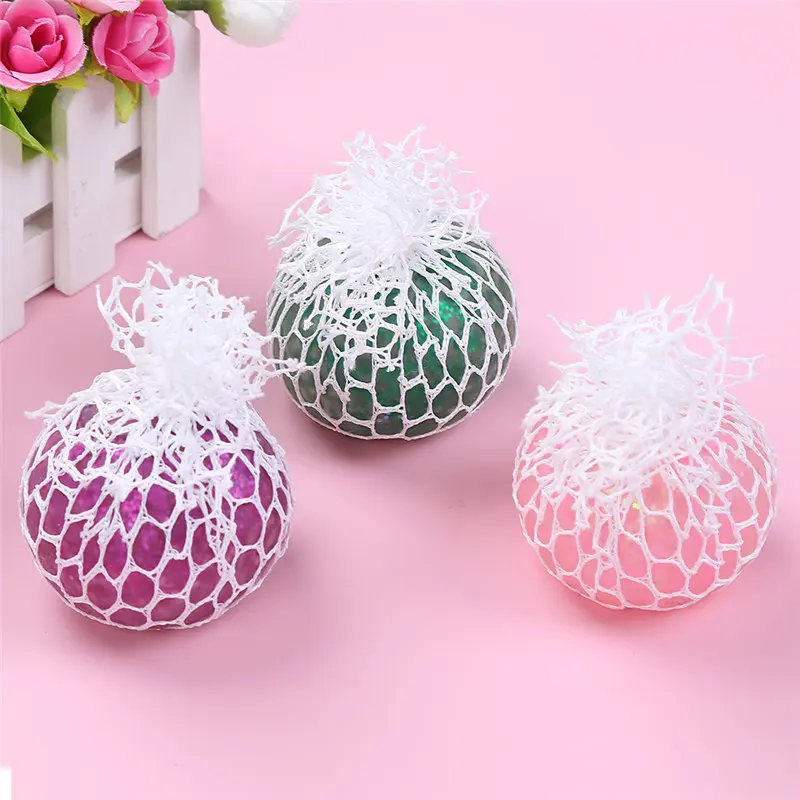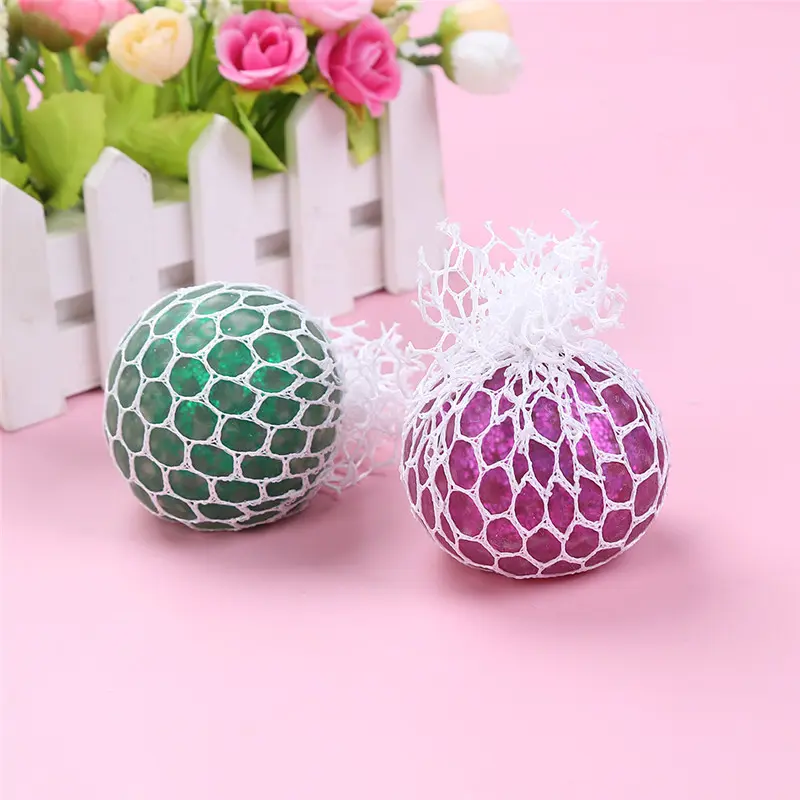Hidden dangers of PVC toys
Introduction
PVC (polyvinyl chloride) toys are widely popular in the global market due to their low cost and strong plasticity. However, in recent years, the safety of PVC toys has gradually attracted attention. Next, we will explore the main hidden dangers of PVC toys in depth, including the presence of harmful substances such as plasticizers, volatile organic compounds (VOCs), heavy metals and their potential threats to health, and provide corresponding solutions and purchase recommendations.
1. Main hidden dangers of PVC toys
(I) Plasticizer problem
PVC itself is a hard plastic. In order to make it soft and flexible, plasticizers such as phthalates are usually added during the production process. These plasticizers are widely regarded as environmental endocrine disruptors that are harmful to human health. Long-term exposure to or ingestion of phthalates may cause the following health problems:
Endocrine system disorders: Interfere with the normal hormone function of the human body and affect the growth and development of children.
Reproductive health problems: May cause abnormal development of reproductive organs in boys and increase the risk of precocious puberty in girls.
Other health risks: Associated with health problems such as liver and kidney damage, obesity, and certain types of cancer.
(ii) Volatile organic compounds (VOCs)
PVC toys may release volatile organic compounds such as formaldehyde, benzene, toluene, etc. during the production process. These compounds have a strong irritating odor and can enter the human body through the respiratory tract, causing the following health problems:
Short-term effects: cause dizziness, nausea, respiratory irritation, eye stinging and other symptoms.
Long-term effects: long-term exposure may cause damage to the nervous system and hematopoietic system, and even have a risk of cancer.
(iii) Heavy metal pollution
Some PVC toys may contain heavy metals such as lead and cadmium. These heavy metals can enter the human body through skin contact or accidental ingestion, causing serious health effects:
Lead poisoning: may cause children’s intellectual development retardation, behavioral problems, and even affect the nervous system.
Cadmium poisoning: may cause damage to the kidneys and bones.
(iv) “Three-no” products are rampant
There are a large number of “three-no” PVC toys on the market without manufacturers, production dates, or quality certificates. These products often use inferior materials and add chemical additives without restraint, just to pursue the ultimate soft feel and reduce costs, but ignore the health of consumers.
2. Detection and supervision of hidden dangers of PVC toys
(I) Testing standards
In order to ensure the safety of PVC toys, many countries and regions have formulated strict standards and testing methods:
China: “Toy Safety Part 1: Basic Specifications” (GB 6675.1-2014) clearly stipulates that the total content of three phthalates, DBP, BBP, and DEHP, shall not exceed 0.1%.
EU: Since 2000, the EU has banned the use of PVC materials in toys for children under 3 years old. The main reason is that PVC may contain harmful phthalate plasticizers.
(II) Market supervision measures
Governments of various countries have taken a series of measures to strengthen market supervision of PVC toys:
Strengthen production supervision: Improve scientific awareness of safe production and pay attention to small workshops operating without licenses. These are the “hardest hit areas” of plasticizer abuse.
Increase supervision and spot checks: focus on the e-commerce sector and areas with high incidence of quality and safety issues.
Strict recall system: strictly implement recalls for products with systemic safety defects.
3. Alternative materials for PVC toys
(i) TPE (thermoplastic elastomer)
TPE is an environmentally friendly, non-toxic material with good elasticity and softness. It does not contain harmful substances such as phthalates and meets EU environmental standards. TPE toys have excellent physical properties, such as high rebound rate and strong tear strength.
(ii) TPR (thermoplastic rubber)
TPR is also a commonly used PVC alternative material with good wear resistance and elasticity. It does not contain toxic plasticizers and heavy metals and meets environmental standards.
(iii) Silicone
Silicone is a safe, non-toxic material with good elasticity and softness. It is resistant to high temperatures and is not easy to melt. Even if it is accidentally ingested, it will not cause serious harm.
4. Suggestions for buying PVC toys
(I) Choose regular channels
When buying PVC toys, choose regular physical stores or e-commerce platforms with good reputation and complete certificates and licenses. Check the product name, manufacturer name, factory address, implementation standards, applicable age range, warning instructions and other information. Avoid buying “three no” products.
(II) Check the appearance of the product
Make sure the surface of the toy is smooth, without burrs or sharp edges. Check whether the decorative parts are firm to prevent children from accidentally ingesting them.
(III) Pay attention to environmental protection signs
Give priority to products that have passed environmental protection certification. Such as the EU’s CE certification and China’s 3C certification.
(IV) Smell the smell
Avoid buying toys with strong pungent odors. This may be a signal of the release of volatile organic compounds.
5. Conclusion
PVC toys are gradually attracting the attention of consumers around the world due to their potential health risks. The presence of harmful substances such as plasticizers, volatile organic compounds, and heavy metals poses a serious threat to children’s health. However, these risks can be effectively reduced by selecting appropriate alternative materials, such as TPE, TPR and silicone, as well as strengthening market supervision and consumer education.
Post time: Jul-28-2025

